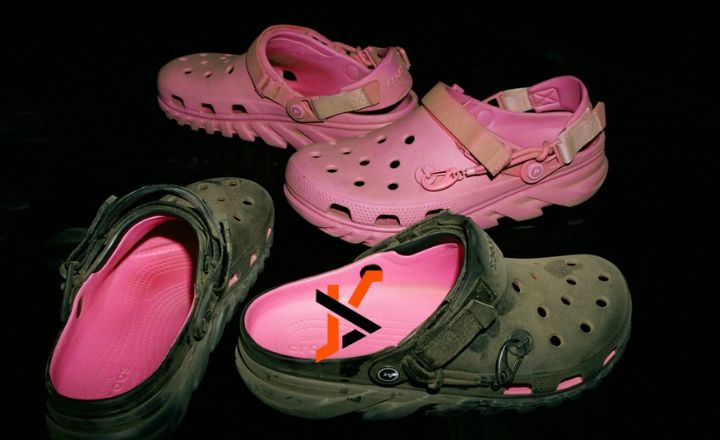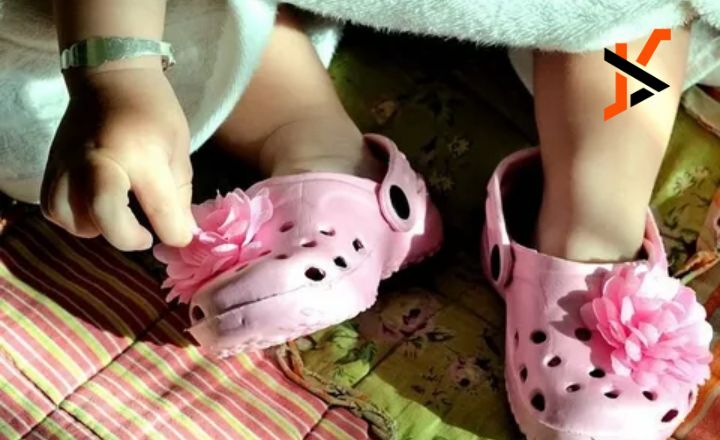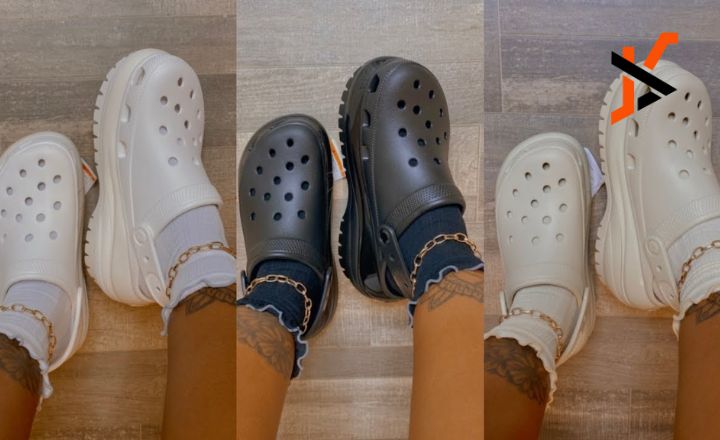In recent years, the footwear brand Crocs has become synonymous with comfort, style, and versatility. Initially launched in 2002, Crocs gained immense popularity for their distinctive design and lightweight material, quickly becoming a staple in casual footwear. However, the company has recently found itself at the center of a class action lawsuit that raises significant questions about its products and marketing practices. This article will provide an in-depth overview of the Crocs class action lawsuit, detailing its background, the allegations involved, and its implications for consumers and the brand.
Background of the Crocs Class Action Lawsuit
The Crocs class action lawsuit originated from consumer complaints regarding the safety and durability of the brand’s footwear. Over the years, numerous customers have reported incidents involving the shoes, citing a lack of adequate warnings about potential risks associated with wearing Crocs. These concerns have led to allegations that the company failed to provide sufficient information regarding the safety of its products, particularly in specific environments where slip resistance is critical.
As the popularity of Crocs surged, so did scrutiny of the brand. Consumers began to question whether the company had been transparent about the limitations of its footwear, particularly concerning slip hazards. This culminated in a series of complaints that ultimately led to the filing of the class action lawsuit.
Key Allegations
- Insufficient Safety Warnings: One of the main allegations in the lawsuit is that Crocs did not provide adequate warnings about the potential for slipping while wearing their footwear. Plaintiffs argue that the company should have included clear instructions or advisories, especially for environments where slipping could pose a severe risk.
- Durability Concerns: The lawsuit also raises issues regarding the durability of Crocs footwear. Consumers have reported that their shoes became damaged or worn out more quickly than expected, leading to questions about the overall quality of the product.
- False Advertising: Some plaintiffs have claimed that Crocs engaged in false advertising by promoting their products as safer and more durable than they are. This has led to accusations that the company misled consumers regarding the effectiveness of its footwear in preventing slips and falls.
- Emotional Distress: In addition to the physical concerns, some plaintiffs have alleged emotional distress resulting from their experiences with the footwear. This includes feelings of betrayal and frustration over the perceived risks associated with wearing Crocs.
Current Status of the Lawsuit
As of the latest updates, the Crocs class action is ongoing, with various developments in the courtroom that have captured public attention. The legal proceedings have involved both sides presenting their arguments, with the plaintiffs aiming to substantiate their claims and the defense countering with its perspectives.

Developments in the Courtroom
- Initial Filings and Response: The lawsuit was formally filed in a U.S. District Court, prompting Crocs to respond with motions to dismiss certain allegations. The company has maintained that it operates within legal bounds and that its products meet industry safety standards.
- Discovery Process: The discovery phase has been critical in the lawsuit, allowing both parties to gather evidence and testimonies. This process has included depositions from consumers, product testing, and examination of marketing materials used by Crocs.
- Expert Testimonies: The court has allowed expert testimonies to provide insights into the safety and performance of Crocs footwear. These experts may include engineers, material scientists, and safety professionals who can assess the claims made by both the plaintiffs and the defense.
- Motions for Class Certification: The plaintiffs have filed motions to have the case certified as a class action. If successful, this would allow a broader group of consumers to join the lawsuit, potentially increasing the stakes for Crocs.
Implications for Consumers
The ongoing Crocs class action has significant implications for consumers, particularly those who have purchased or worn the brand’s footwear. Here are some key considerations:
- Potential Compensation: If the lawsuit is successful, affected consumers may be entitled to compensation for any injuries or damages incurred while wearing Crocs footwear. This could include medical expenses, lost wages, and other related costs.
- Increased Awareness: The lawsuit has brought attention to the importance of product safety and transparency in marketing. Consumers may become more vigilant about reading safety warnings and understanding the limitations of the products they purchase.
- Changes in Marketing Practices: Depending on the outcome of the lawsuit, Crocs may need to reevaluate its marketing strategies and product labeling. This could lead to more explicit safety warnings and improved communication about the footwear’s limitations.
- Impact on Brand Reputation: The lawsuit has the potential to affect Crocs’ brand reputation significantly. Negative publicity surrounding safety concerns may lead to decreased sales and consumer trust, which could have long-term consequences for the company.
The Future of Crocs
As the Crocs class action lawsuit continues, the future of the brand hangs in the balance. The company faces a critical moment that could shape its trajectory and influence how it operates moving forward.
Potential Outcomes
- Settlement: One possible outcome could be a settlement between the plaintiffs and Crocs. A settlement could allow the company to avoid a lengthy trial and potentially provide compensation to affected consumers without admitting wrongdoing. This option might enable Crocs to restructure its safety protocols and regain consumer trust.
- Court Ruling: If the case proceeds to trial, the court could rule in favor of the plaintiffs or the company. A ruling against Crocs could lead to significant changes in its operations, including potential modifications to its product designs and marketing practices. Conversely, a ruling in favor of the company could bolster its reputation and validate its current practices.
- Regulatory Oversight: Regardless of the lawsuit’s outcome, the case may prompt increased scrutiny from regulatory bodies regarding product safety in the footwear industry. This could result in new guidelines that manufacturers must follow, enhancing consumer protection.
- Consumer Advocacy: The lawsuit has sparked discussions about consumer advocacy and the responsibility of companies to ensure the safety of their products. As consumers become more aware of their rights, there may be a push for greater accountability in the industry.
Community Response
The footwear community has responded to the ongoing lawsuit with a mixture of concern and support for Crocs. Many consumers who enjoy the comfort and versatility of Crocs have expressed their frustration over the potential implications of the lawsuit, while others have called for greater transparency and safety measures.
Social media platforms have become a space for discussions surrounding the lawsuit, with customers sharing their experiences and opinions about Crocs footwear. This dialogue highlights the importance of consumer voices in shaping the future of the brand and the industry as a whole.

Conclusion
The “Crocs class action lawsuit” serves as a critical reminder of the importance of product safety and transparency in marketing. As the case unfolds, it raises significant questions about the responsibilities of companies to their consumers and the necessity of clear communication regarding product limitations.
For consumers, staying informed about the lawsuit’s developments is essential, as the outcome could have far-reaching implications for those who have purchased Crocs footwear. Whether through potential compensation or increased awareness about product safety, the lawsuit highlights the need for vigilance in the consumer marketplace.

